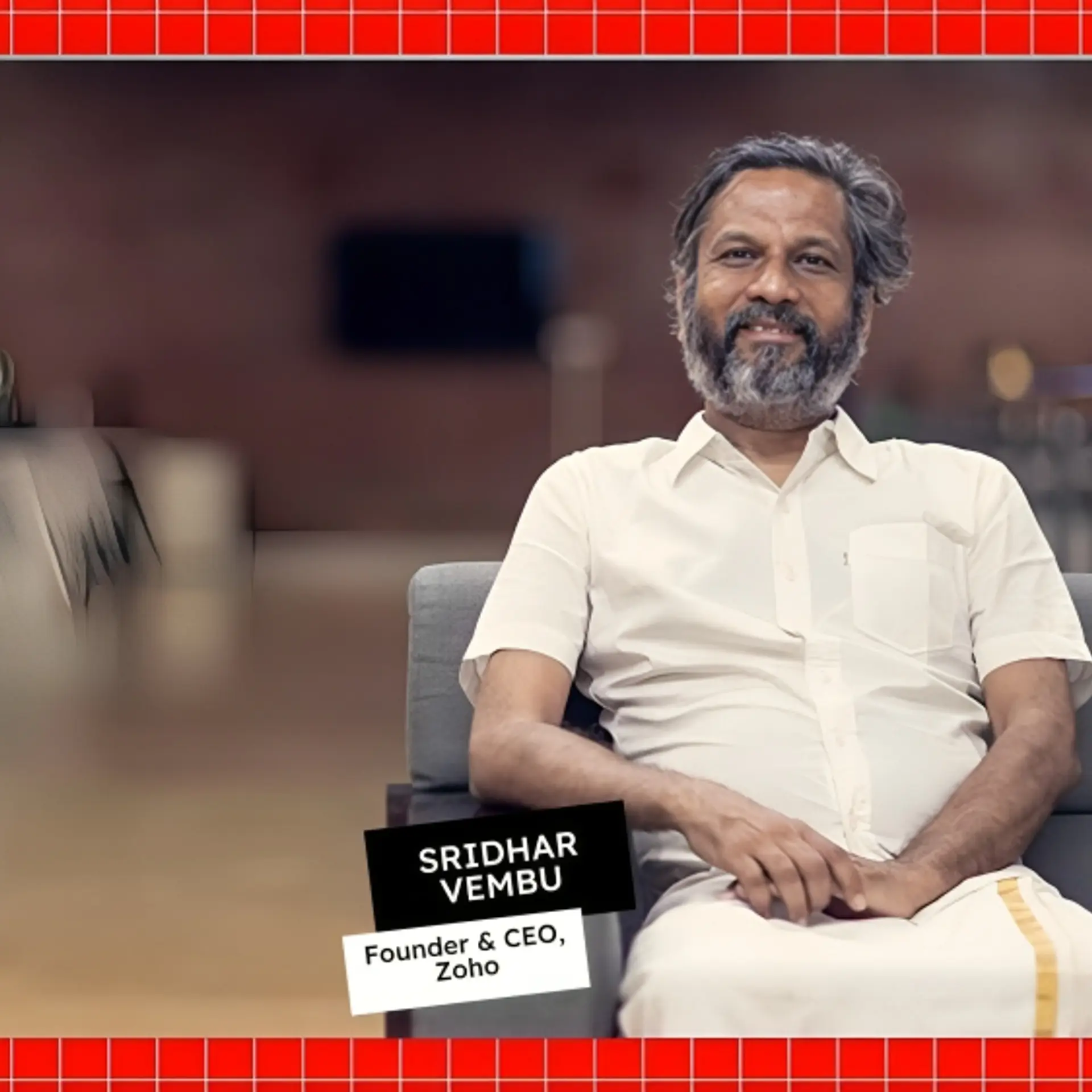The Room So Quiet It'll Drive You Crazy: Microsoft's Auditory Void
This room holds the Guinness World Record for the "World's Quietest Place." Dubbed as the auditory void, this chamber is so silent it can drive you to the edge of your sanity!
Imagine stepping into a room so quiet that you can hear the blood coursing through your veins, the rhythmic beat of your heart, and even the faint buzzing of your own nervous system. Welcome to Microsoft's anechoic chamber, located in Redmond, Washington, which holds the Guinness World Record for the "World's Quietest Place." Dubbed as the auditory void, this chamber is so silent it can drive you to the edge of your sanity.
Why Create Such a Quiet Place?
Microsoft's primary purpose for constructing this super-quiet room wasn't to drive people crazy, but rather, it serves a critical function in product development. The absence of noise in this anechoic chamber is essential for testing the sound quality of devices, from headphones to microphones, ensuring they meet the highest standards of audio performance without the interference of external sounds.
The Science Behind the Silence
The chamber achieves its eerie quietness through a combination of architectural design and sound-absorbing materials. The room is built on springs to isolate it from any vibrations, and the walls, ceiling, and floor are lined with fiberglass wedges, which trap and absorb sound waves. This design ensures that sound neither enters nor escapes, resulting in a negative decibel rating of -20.6 dB, which is below the threshold of human hearing.
The Experience of Total Silence
Visitors to the chamber have reported a range of sensations, from awe to discomfort. The extreme silence amplifies internal noises, making one's own body sound surprisingly loud. This can lead to an unsettling experience, as we're accustomed to constant background noise. Some describe feeling a sense of pressure on their ears, while others mention an increase in heart rate or even the onset of hallucinations after prolonged exposure. The room challenges our perception of space and sound, highlighting how rare true silence is in our daily lives.
Not Just for Testing Electronics
Beyond testing electronics, the room's unique properties offer a rare opportunity for acoustic research and experiments that require absolute silence. Scientists and audiologists can study sound perception, hearing loss, and how we interact with our sonic environment in new and insightful ways.
Can Silence Drive You Crazy?
While the idea of silence driving someone crazy is more of a sensational claim, prolonged exposure to such an extreme level of quiet can certainly have psychological effects. Most people find it challenging to stay in the chamber for long periods, not because they're going mad, but because the experience is so contrary to what we're used to. Our brains are constantly processing sounds, and when that's taken away, it can be disorienting.
A Symbol of Human Creativity
Microsoft's anechoic chamber is an example of the extraordinary lengths humans will go to push the boundaries of science and technology. It's a reminder of the importance of silence in our increasingly noisy world and the profound impact sound (or the lack thereof) has on our well-being and perception.
This auditory void, while potentially unsettling, represents a pinnacle of human ingenuity, providing invaluable insights into the world of sound design and the limits of human perception. Whether for testing the next generation of audio devices or exploring the mysteries of sound, this chamber remains a remarkable achievement in the pursuit of silence.
Edited by Roshni Manghnani







